 |
| A Winter Scene |
When can we expect Part V of the Still Life in Needlework series? And what is next after that?
There will be some delay, I'm afraid. J.D. is busy making prints of some of his work. His sister J.J. has just sent us several folders of her photographs that haven't even been downloaded yet. And I am offering beginning needle arts classes for adults on weekdays and mother/daughter or grandmother/grand-daughter classes for children 10 years old and older on weekends, starting in mid-January. All that is going to take some time to sort out. At this point, it looks like at least mid-February for Still Life V. I apologize for the delay. Next will be the start of a similar series on landscapes, hopefully launched before Earth Day. There will be posts on other subjects in the meantime, including our yearly Anniversary issue. Please keep watching.
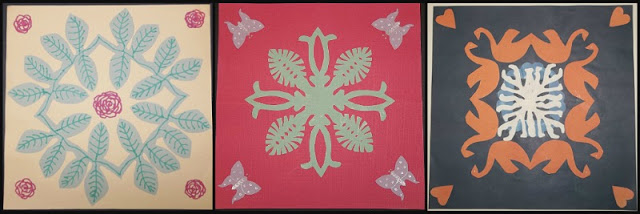 |
| Three student designs for Hawaiian quilts |
Are you still going to show more of the Hawaiian quilt kinds of designs that you started showing last spring?
Yes, indeed. I have shown some of mine in various contexts throughout the years, but you may have missed them if you were searching the posts for Hawaiian quilt designs. You may remember that this was a project I once was doing with 5th grade students who were studying about the state of Hawaii. I included three student designs (see above) that showed a real grasp of the Hawaiian quilt design style. Here is one more good student design that took a different approach.
 |
| Four-way design with strawberries |
 |
| Four-way design with sea turtles |
At the same time, I was teaching about different ecosystems in science, so I combined the two ideas and made several 4-way designs, each featuring something about a different environment. Some of these started at the center and worked toward the four corners of the square, while others featured corner designs with simple centers. Here is a central-focus design of sea turtles swimming outward through seaweed. I used a background that suggested ocean waters.
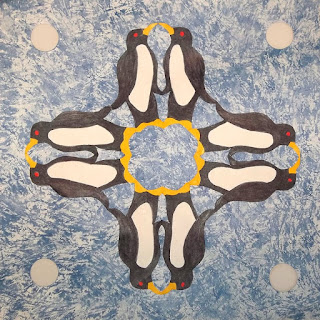 |
| Four-way design with penguins |
The second design shows pairs of penguins close together for both communication and warmth. The background suggests a pale sun and air filled with ice crystals. This one was a favorite with the students.
 |
| Four-way design using a desert motif |
A third pattern features a desert habitat. This time the main emphasis is at the corners where large lizards surround cactus plants. The background suggests sand, while a hot sun fills the center spot.
There is quite a bit of detail in the corner designs, so we will show you a close-up of one of the corners.
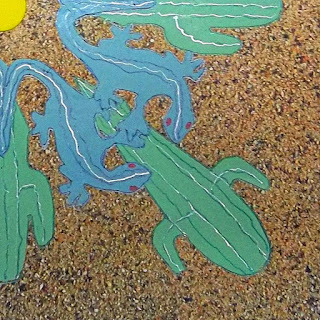 |
| Close-up detail of the desert motif |
There are other patterns in my files … somewhere. I'll show them at a later date. I hope you have enjoyed all of these and that they have given you ideas for either paper or fabric projects. I apologize for making you wait for them.
Did you ever finish the Siamese fighting fish you were doing in reverse applique?
 |
| Finished reverse applique of Siamese fighting fish |
Yes, it was finished as a small wall hanging. Here is a picture of it. I am currently working on a companion piece of a fantail goldfish, intended to face this one. In fact, you will see a post very soon with the pattern and directions for the goldfish. If you like, you can then make one of your own. So look around for those pretty scarves, silk handkerchiefs and men's ties that are never worn. Reverse applique can give them a whole new life!
Hey, Annake, those “roses” at the top of Part IV of the Still Life series sure look like tulips to me!?!
Good catch! We share the blame. J.D. wrote the caption and I didn't catch it in proof-reading. We both know better, since we grow both tulips and roses in Annake's Garden. Blame it on late hours and hurrying to get the post online. Sorry!
When are you going to show the real basket of flowers from Part IV?
Here it is now. How does it compare with your design?
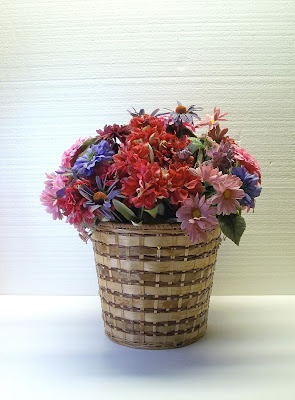 |
| Original flower basket photo |
Thank you for your patience,
 A Note from the Gnome:
We recently changed our ISP, and the email address on our contact page no longer works. Until we can get a new contact page built, please address any correspondence to: annakes_garden@yahoo.com
A Note from the Gnome:
We recently changed our ISP, and the email address on our contact page no longer works. Until we can get a new contact page built, please address any correspondence to: annakes_garden@yahoo.com
 This post by Annake's Garden is licensed under a Creative Commons Attribution-NonCommercial-ShareAlike 3.0 Unported License.
This post by Annake's Garden is licensed under a Creative Commons Attribution-NonCommercial-ShareAlike 3.0 Unported License.
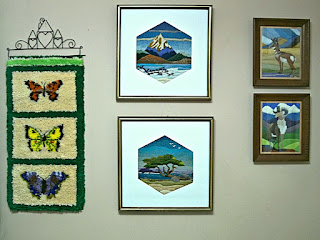
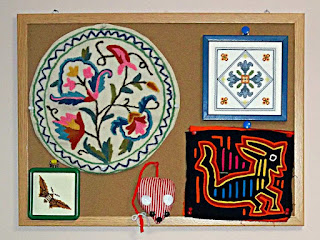


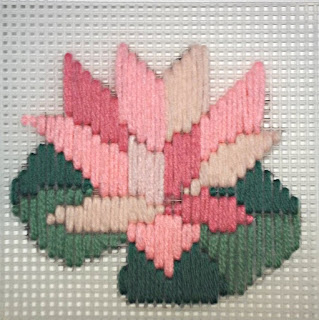
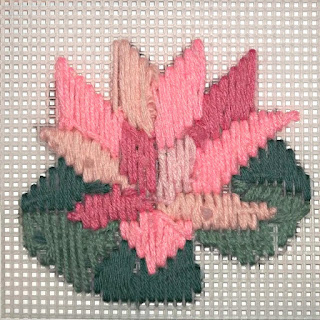

 This post by Annake's Garden is licensed under a Creative Commons Attribution-NonCommercial-ShareAlike 3.0 Unported License.
This post by Annake's Garden is licensed under a Creative Commons Attribution-NonCommercial-ShareAlike 3.0 Unported License.







